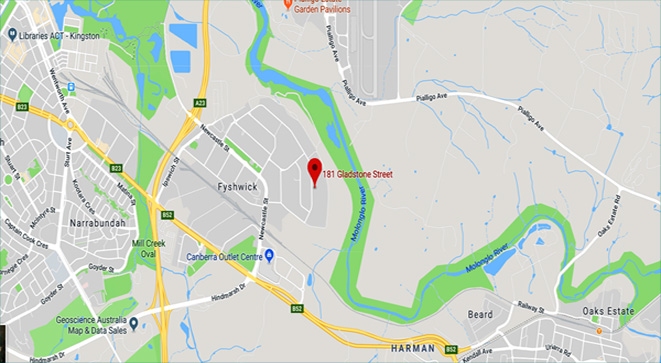Buyers guide
The key to thermal performance Insulation buyers guide Is your home hot in summer and freezing in winter? It probably has little or no insulation. Lance Turner takes a look at how insulation can help. INSULATION, like orientation, is often overlooked by householders, perhaps because it’s not on display, hidden as it is in the ceiling, walls or underfloor. You may not be able to see it, but, in most homes, you can feel its presence, or absence. Insulation is key to providing a livable home when the weather cools down or heats up, without breaking the bank on energy costs. Insulation works by resisting the flow of heat, slowing down heat loss in winter and heat gains in summer. In a well-insulated home, once the home has been heated to a comfortable level in winter, it will stay warm with far less energy input than an uninsulated or poorly insulated home would require. The same applies in summer: a properly insulated home will take longer to heat up and, if an air conditioner is used, it will use less energy than one cooling an uninsulated house. One summer-time caveat: any windows that receive direct sunlight need to be shaded, particularly west windows, as insulation can slow the ability of the house to cool down if there are large heat gains from windows.


